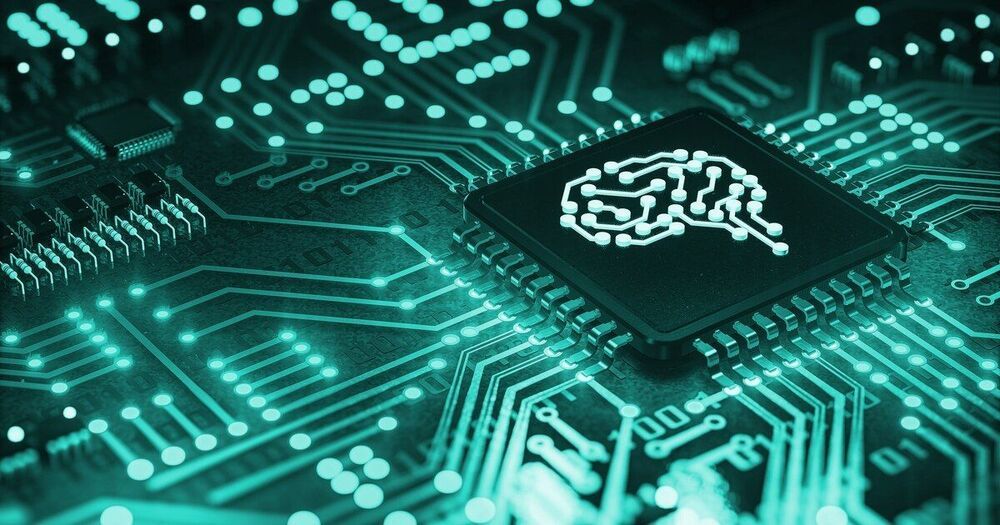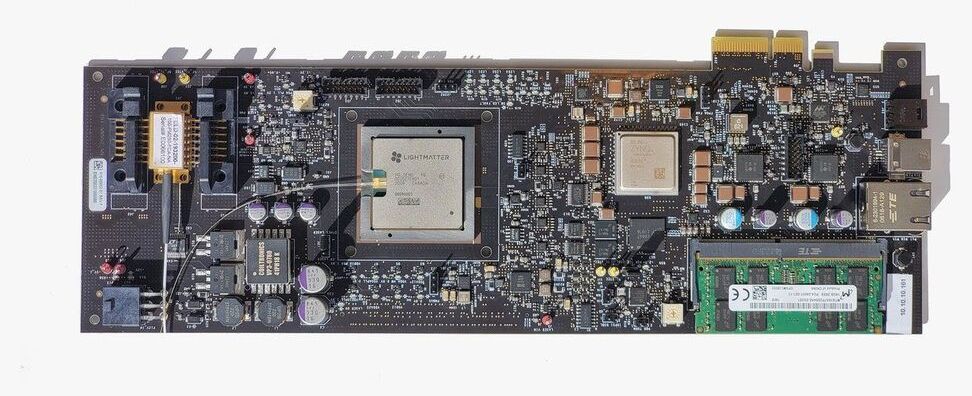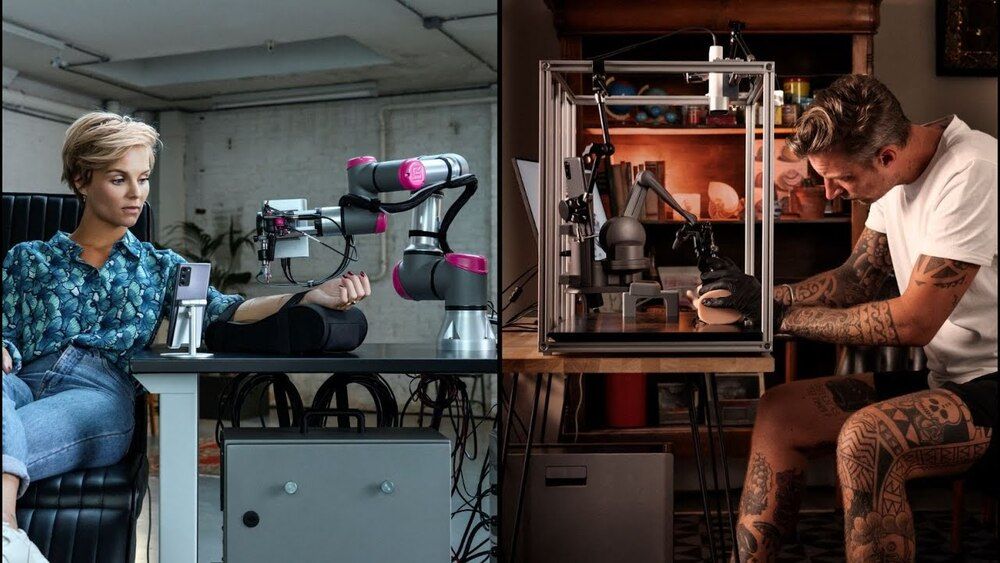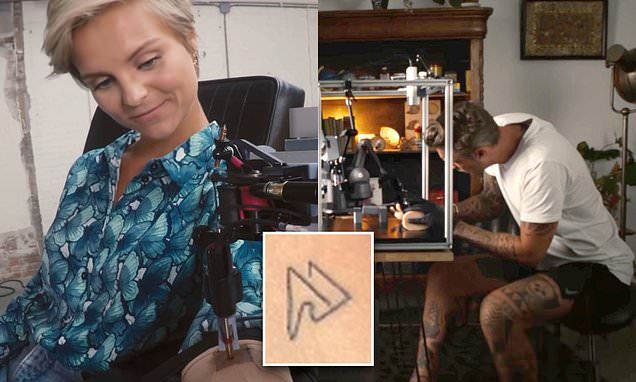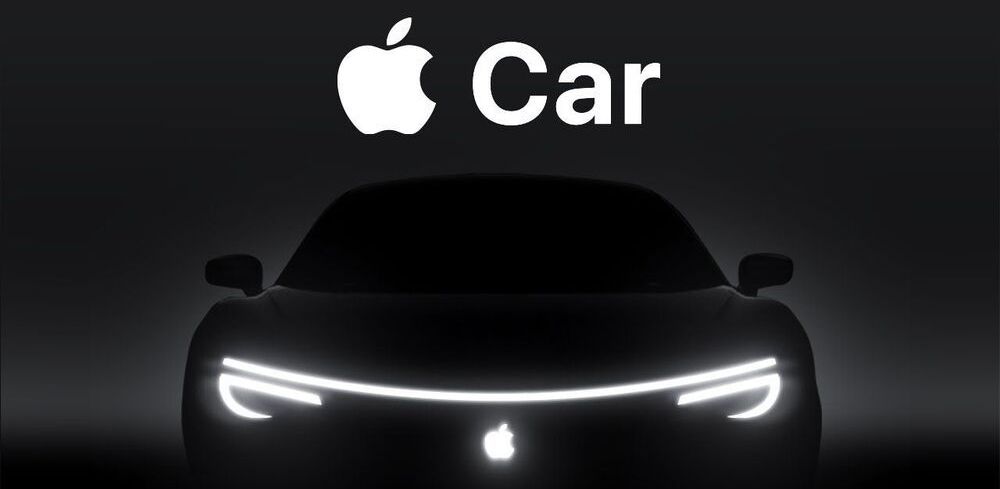At microscopic scales, picking, placing, collecting, and arranging objects is a persistent challenge. Advances in nanotechnology mean that there are ever more complex things we’d like to build at those sizes, but tools for moving their component parts are lacking.
Now, new research from the University of Pennsylvania’s School of Engineering and Applied Science shows how simple, microscopic robots, remotely driven by magnetic fields, can use capillary forces to manipulate objects floating at an oil-water interface.
This system was demonstrated in a study published in the journal Applied Physics Letters on January 28, 2020.

